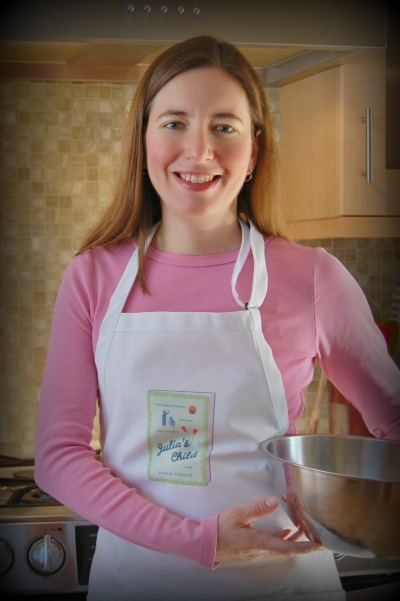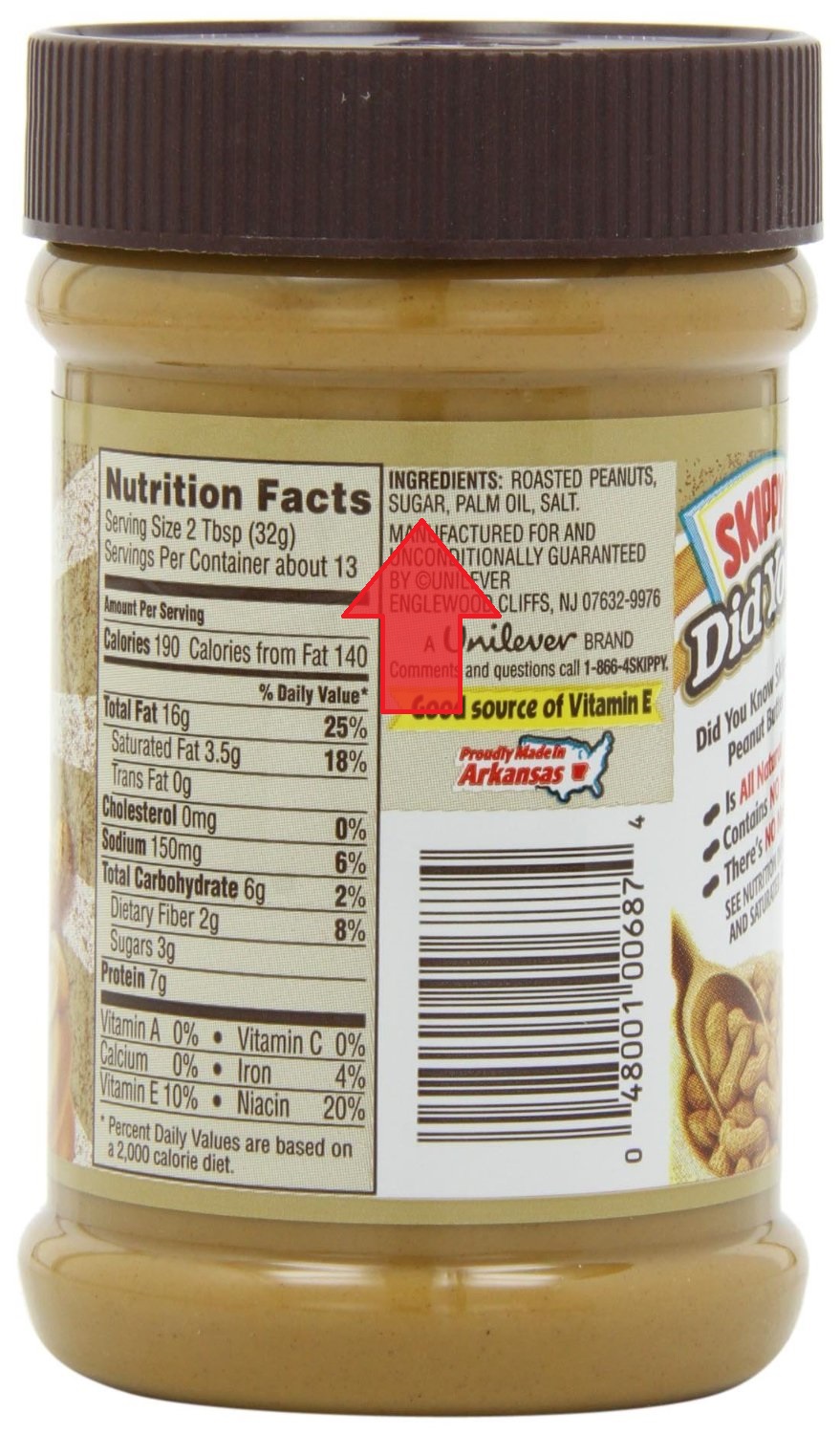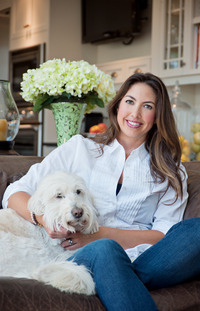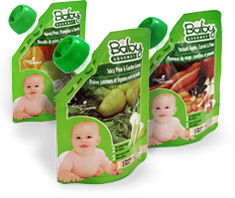 Dear Muir Glen,
Dear Muir Glen,
If you want us to be together, I’m going to need more out of this relationship. Hear me out, would you?
We broke up because you and I had different needs. I needed to be able to make pot after pot of chili without feeling like I was serving up BPA stew all the time. You needed to keep your price point reasonable, given that there weren’t any obvious substitutions you felt you could make to your can liners.
We had, in short, irreconcilable differences.
Then, we had a post break-up chat. I sent you this little breezy message:
11/10/09: I love your products, but I have a question. I see on the label that the can has a "white enamel coating." Have you tested for BPA? Thank you, S.P.
You replied:
Dear Ms. Pinneo:
Thank you for contacting Muir Glen regarding bisphenol-A in food packaging. Bisphenol-A is a critical component of protective coatings used with metal food packaging and provides important quality and safety features to canned foods.
Scientific and government bodies worldwide have examined the scientific evidence and consistently have reached the conclusion that BPA is not a risk to human health. Recent examples include comprehensive risk assessments in Japan and Europe and a review by an independent panel of experts organized by the Harvard Center for Risk Analysis. The can coatings used in Muir Glen packaging comply with the U.S. Food and Drug Administration requirements for use in food contact applications. These coatings have long played an essential part in food preservation, helping to maintain wholesomeness, nutritional value, and product quality.
We work closely with our suppliers to ensure that all of the food ingredients and packaging materials we use are fully in compliance with U.S. Food and Drug Administration requirements and meet our high quality standards.
We will continue to monitor this situation. If you have any further questions, please feel free to contact us. Your questions and comments are always welcome. For more information on the safety of metal food containers, the U.S. Food and Drug Administration press office may be contacted at (301) 436-2335.
Sincerely,
Craig Grey
Consumer Services
To be honest, I didn’t like your reply very much. I felt the need to restate my objections. I wrote:
Dear Mr. Grey,
I have thus far enjoyed Muir Glen products, but I feel your approach is wrong-headed here. It is no coincidence that the email address from which your reply comes is "Corporate.Response@..." Your answer is very much a corporate response. I am quite sure that the Muir Glen line complies with FDA regulations. But the public tide against BPA is turning very much against this product. In fact, it is likely to be outlawed a ways down the road. Why not get ahead of the curve? You make an otherwise wholesome product. People are tired of learning that companies they've trusted use BPA in their packaging. Every mother at our school is horribly annoyed at SIGG for the water bottle revelation.
Get ahead of the game here. Get rid of the BPA.
S.
And you wrote… nothing. And so that was it between us. And even though many of my friends really love you, and it was awkward at parties, we’ve been apart for quite a while now.
And I’ve been coping on my own. There were a few lonely Friday nights, but I pulled through. I flirted with other tomato products, I batted my eyes at tetra-packs and glass bottles. If you must know, I have a big crush on glass bottles these days. In my darker moments I wonder why you can’t just put your tomatoes in glass bottles, so that we could be together again.
Even the FDA has recommended limiting BPA for children, even if they're too wimpy to outlaw it entirely. And then there was that bombshell study published in Pediatrics, which (although it was a small study with a couple of flaws) has implications even more dramatic than I ever would have imagined.
So you were the last one I expected to pop up on twitter a few months ago, with a note just for me:

To which I said:

And then you said… nothing. For months.
Listen, I’m flattered by this semi-recent gesture—really I am. And I do love progress. But I hope you know it’s going to take a little extra love to heal the rift between us. If the problem is on its way to being solved, I’m going to have more than a few questions about how. If your new cans are BPA free, great. But I’m going to need to know what else might be in there. Is it something more stable? Less chemically interesting? Would I be able to spell it on the first try?
Parents’ trust of corporations has changed in the last decade. Remember when fast food restaurants felt free to advertise their “secret sauce?” Those days are over. We can’t take any more secrets, please. We’re more alert now. More knowing. So if you have an improvement to make, let it be good and thorough.
I’ve had my heart broken once already. I’m not going to go through that again.
Tentatively yours,
S.P.
 May 19
May 19  Ugh! Today I inspected a jar of Skippy Natural Peanut Butter, on the off chance that it was a decent product. The second ingredient is sugar, and the third is palm oil. (Palm oil is one of the most environmentally devastating ingredients in processed foods.) Thanks, Unilever. That product stayed on the shelf, and I will continue to buy the most excellent Vermont Peanut Butter, which is sublime.
Ugh! Today I inspected a jar of Skippy Natural Peanut Butter, on the off chance that it was a decent product. The second ingredient is sugar, and the third is palm oil. (Palm oil is one of the most environmentally devastating ingredients in processed foods.) Thanks, Unilever. That product stayed on the shelf, and I will continue to buy the most excellent Vermont Peanut Butter, which is sublime.








